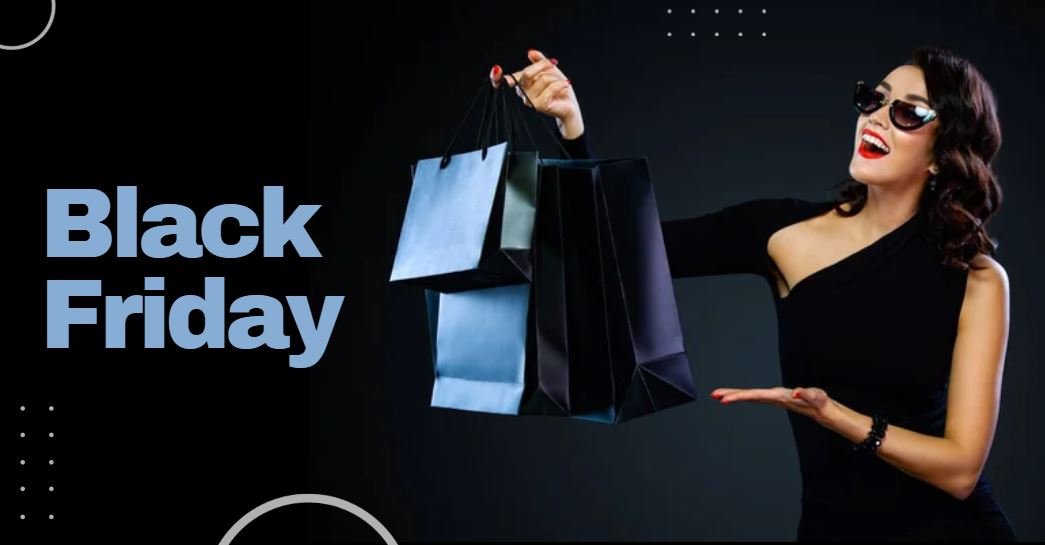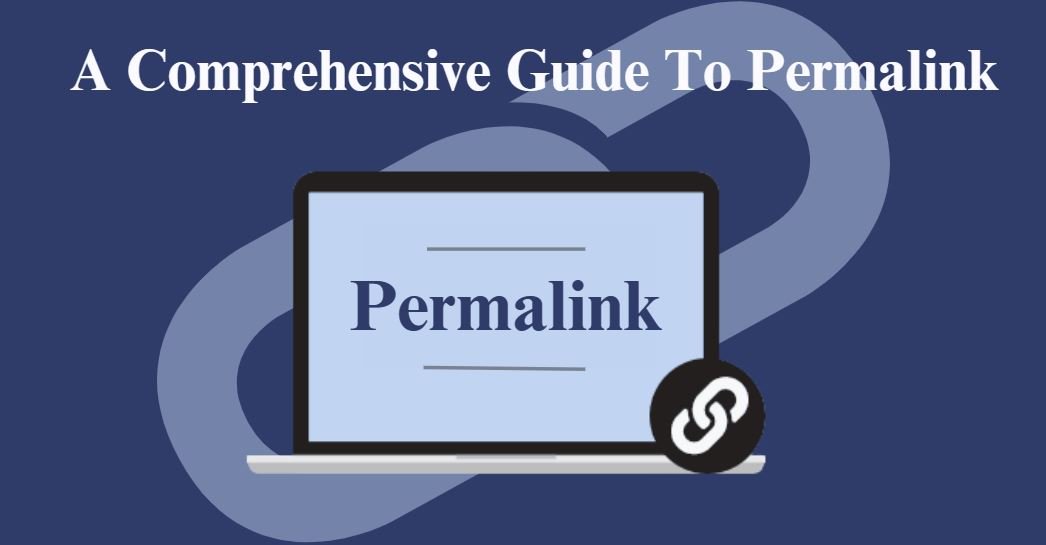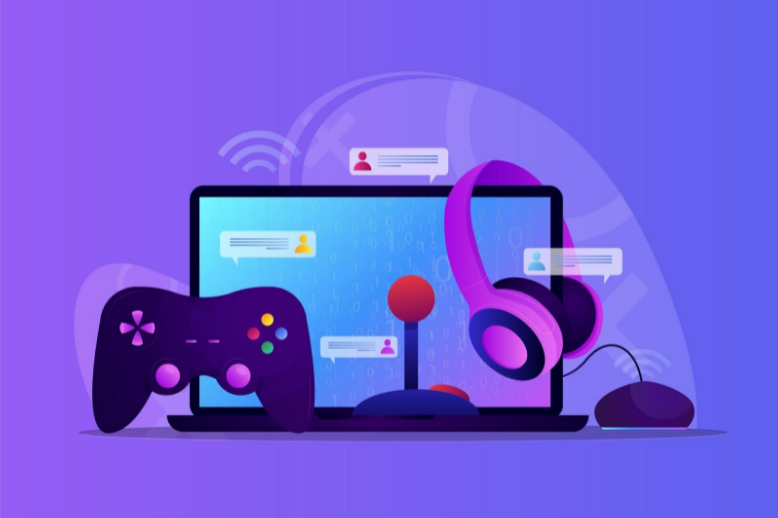The phrase “There’s no such a thing as a second chance for making a great first impression” is never truer than when it comes to your users.
The first time your user signs into your product is the most important one. Get that experience wrong and you will churn your new signups faster than you can say: “Content marketing is king.” All the money you spend and the hacks you use on customer acquisition will bewasted. Get how important this is? It costs you time and money.
Getting new users to stay and use your platform is hard. Even with a good user experience, you’re probably looking at a rate of around 40–60% of returning active users after the first usage – it’s a tough battle. There are many hacks you can use to get old users back – drip email campaigns, new features etc. – but convincing a new user who has had a bad experience to give your product a second chance is three times harder than getting them to sign up in the first place.
Your users’ first time experience has to be no less than amazing.
User onboarding and the ‘quick win’
User onboarding is the full experience your new user goes through from the first touch-point with your product (an ad, landing page, or a tweet recommending your product) to the point where they finish their first successful ‘must have’ experience. In other words, from the first introduction to your product to the end of their first use.
For example, let’s say I hear about Evernote from a friend. From that point to going to their website, downloading the app, installing it and writing my first note, is all part of the onboarding process (Useronboard have a full teardown of the Evernote onboarding process here).

Superficially, onboarding appears to be about teaching a potential user how to use your product, but the process is much deeper and more complex than that. The onboarding process is the journey a potential user takes from not knowing who you are to believing and understanding how you can make them better at something they care about.
Remember: Onboarding is not about teaching your user about a set of features, it’s about leading her through an emotional and psychological journey that ends with her feeling you have helped her get better at something she cares about.
If onboarding is done right, each of the touch points your users go through will show them how your product moves them closer to their personal goals. They come to see your product as a utility to achieve something greater for themselves.
Why you need to help your users win
People love accomplishing goals. Winning is a highly positive experience that we crave repeating. You want your users to form the habit of getting this experience from your product – that means making sure it happens the first time they use it.
What counts as a win? It depends on your product.
If you’re Evernote, the quick win might be creating the first note. If you’re Twitter, it might be reading the first interesting news feed and clicking on a link relevant to you. For Instagram, it’s taking the first picture and editing it using filters. The win is defined by the core ‘must have’ experience for your product. A ‘quick win’ is the easiest, most frictionless way to experience that win.
The quick win is the cherry on top of your onboarding process. It’s what your user has been expecting to get the whole time. It’s their immediate reward for going through the trouble of learning about you, trusting you with their email, and going through the registration process.
The quick win should be a small taste of your product’s core experience, a small preview of the fullexperience.
What is the right quick win for your product?
Before we get deeper into how to design a quick win, you first need to decide what that experience is.
Choosing the right win isn’t always obvious, but there are a few guide lines to follow:
1. Demonstrate the core value of your product – A good starting point for picking your quick win is to identify your product’s core value experience. It should be closely related to your product’s core ‘must-have’ experience. Ask yourself – what does a new user absolutely have to do in order to really get and enjoy my product. That’s your quick win.
2. A quick win should be easily and relatively quickly achievable – This is not the place for complexity. You have to make the route to the quick win as short and clear as possible. You want the minimum viable awesome experience, not the advanced features. Get them to the A-Ha moment as quickly and with as little friction as possible.
Make sure a user needs to think as little as possible, plan as little as possible and consult with others as little as possible.
3. What is the user experience that will keep them coming back for more? In the same way that a headline’s most important job is to get a reader to read the first paragraph or to click a link, the role of a quick win is to get a user to come back to your platform for a second time.
Make sure the experience captures the essence of your product but leaves the user with a taste for more. If your user has a great experience with your product, they will want to come back for more, even if it’s just for a repeat of this small achievement.
Designing a quick win that will bring users back every time:
Once you’ve identified the right quick win experience, the next step is to present it in the right way. The quick win experience is a short, very focused version of your core experience, so you have to capture its real essence in the best way.
Let’s say I’m planning a quick win for a platform that allows amateur photographers to upload and share their work with friends. What would the planning process look like?
Map out the route to the quick win:
The first thing is to get the steps of the user experience clearly mapped out. Like this:
- Sign up
- Confirm registration email
- Create photo album
- Name photo album
- Upload first photo
- Name first photo
- Share with friends
This sounds like a logical process, but seven steps is a bit much for a first-time experience. That brings us to the second step.

Image credits
Keep the number of steps to a minimum
The more steps there are, the more points there are at which people may decide to drop out. It’s as simple as that. The first thing you’ll want to do after mapping the process is to figure out what you can eliminate.
Lets review our process:
1. Sign up – We can’t avoid this step. It’s crucial for your customer development and re-entering and late phases.
2. Confirmation email – Do we really need a user to confirm his email before uploading a photo, or could you just remind him later? Maybe we can insert a little banner reminding them to confirm their email later – there’s no need to add friction at this stage. Let’s leave it out.
3–6 – They make sense, but can’t they be resolved without bothering the user at this point? It’s simple to create an automatic, generic ‘My First Album’ title, or just give it the date of the upload as a name. You can do the same for the first photo uploaded. That’s four steps compressed into one – upload photo. The user can change the photo and album name later, it doesn’t have to be done right away.
7. Share with friends – The reward of a social media ‘like,’ comment or share is a powerful emotional reward. It gives us a sense of being popular. This is why it’s important to inject some kind of social engagement in the quick win, and it also provides a viral boost for your product.
We have now cut seven steps down to three:
- Sign up
- Upload photo
- Share
Less friction means less drop outs from the process – always review which steps can be removed from the process, either by deciding it is unnecessary or by shortcutting it with a technical solution.
How to decide which steps should be removed
There is no simple equation for this process, but there is a guideline to bear in mind: for each step, consider how much effort it demands compared to how far it empowers the experience. It would be great if all your users uploaded a profile pic on their first engagement, but will it actually make their first experience better? Will it help to make them come back to the product for a second time? Will it help them reach the goal they wanted to achieve on your platform when they started? If the answer is no, and there’s no insurmountable technical reason to keep it, drop that step.
Always weigh the benefit of a step against the friction it creates.
Your quick win checklist:
I’ve made this simple checklist for creating your quick win:
- Identify your product’s ‘must have’ experience
- Map the steps a user must take to complete it
- Review and remove unnecessary steps (reduce steps to reduce friction)
- Identify steps that can be resolved by smarter engineering
- Review the entire process – does it provide a great experience?
How do you know if your process is good?
The only way to validate your process is to measure the results. There are two important metrics you can use to measure success:
1. How many people complete the quick win process (Number of people who finishthe process / Number of people who start the process) *100
2. How many users return for a second time – This formula is more tricky because it has hidden variables, such as: why they wanted to use your product in the first place, your industry benchmarks, and the time period you’re measuring. Ideally, your equation should be simple (Second time users / First time users)*100. In real life, you also have to test onboading email campaigns directed at bringing people back onto the platform, define a period of time in which you expect users to re-engage with your product, etc.
For me, these are the two main parameters for validating your quick win. In the long term, I would also always add some personal interviews into the mix. It’s hard to beat the utility of asking your users directly about their first experience of using your product
A lesson from the Pinterest playbook
Pinterest isn’t the best example of a great onboarding process, but using Pinterest is inherently a fairly complicated process, so it’s worth looking at how they’ve done it.
To really ‘get’ Pinterest you have to pin a photo, create a board and see what other images you discover in your area of interest. This is a pretty ambitious requirement for first use.
Just to make it clear – The quick win involves a user discovering a pin they like and pinning it to their own board. The challenge is to get that user to search, find a pin they like and create a board

Let’s map the process:
- Sign up (email or Facebook)
- A four-slide tour to give context
- A prompt to “Search for something you’re interested in.” (This shows off the discovery part)
- Click on any picture
- Click on the “Pin it” button
- “Create a board to pin in” – this is in the context of pinning, not as a separate process
- Done
As I said, the Pinterest quick win process isn’t perfect because they are trying to achieve a lot of progress in terms of usage, but they keep it quite simple, and by the end of the process a new user has created a real board and pinned his first image. The process also demonstrates the optimal usage flow: Search, then pin to board.
This short process results in a user who knows how to use the platform and has already takentheir first active step – creating a first board and pinning their first pin. That’s a big first time achievement.
There is no single sure way to ensure a successful quick win. Tests and iterations are always required but, above all, keep in mind that your users came to your product for a specific reason – to get better at something or to do something better. Plan their experience around that narrative and ask yourself: Am I helping my users achieve the improvement they want?
Have you experienced an onboarding or quick win everyone should know about? Tell us about it in the comments!

















